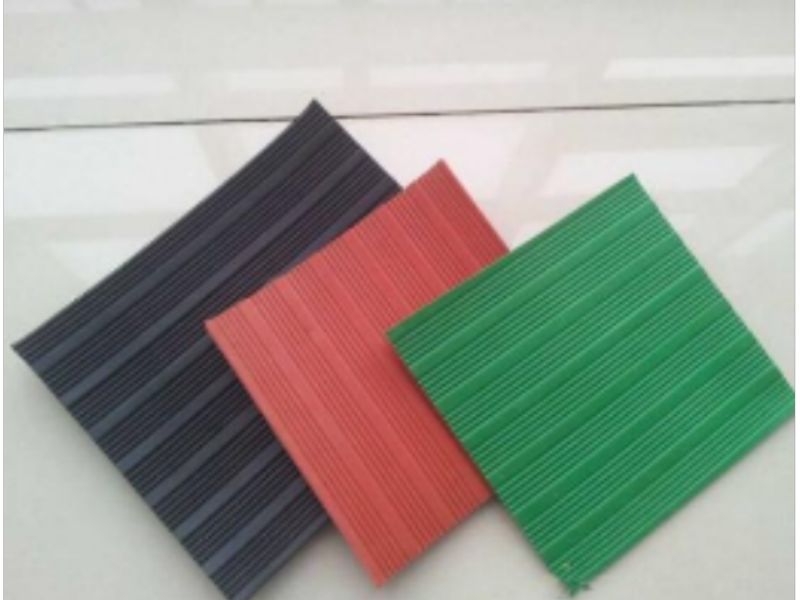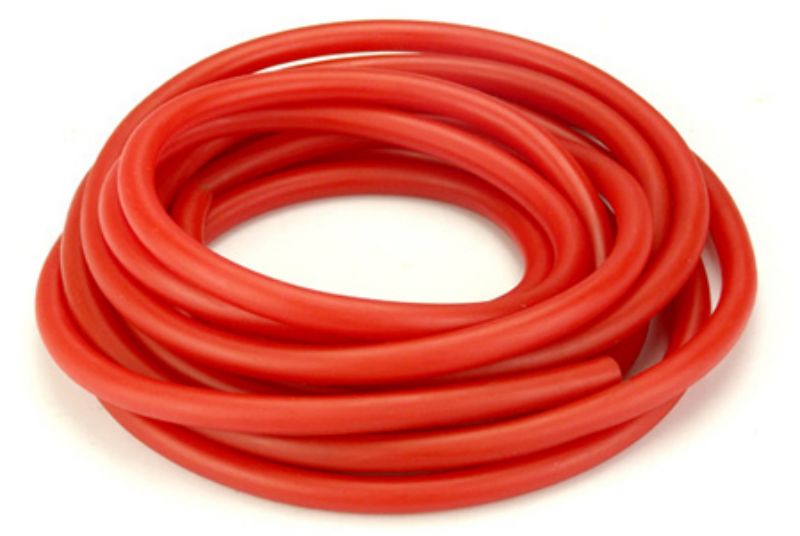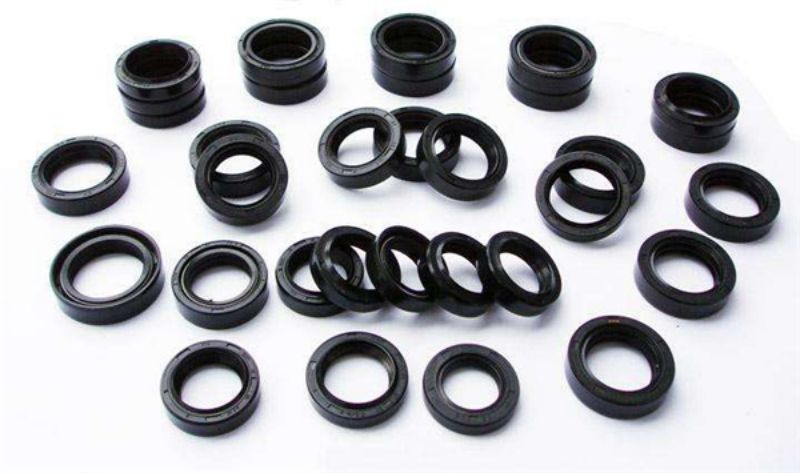From a global perspective, an economist at the Natural Rubber Producers Association stated that in the past five years, global demand for natural rubber has grown relatively slowly compared to production growth, with China and India, the two major consumer countries, accounting for 51% of global demand. The production of emerging rubber producing countries is gradually expanding. However, with the weakening of planting willingness of most major rubber producing countries and the rise of Labor burden for rubber collection, especially under the influence of climate and diseases, rubber farmers in many major rubber producing countries turned to other crops, resulting in the reduction of rubber planting area and the impact on output.
From the production of major natural rubber producing countries and non member countries in the past five years, Thailand and Indonesia remain firmly in the top two. Malaysia, the former third largest producer, has dropped to seventh place, while Vietnam has jumped to third place, closely followed by China and India. At the same time, the rubber production of non member countries C ô te d'Ivoire and Laos has rapidly increased.
According to ANRPC's April report, global natural rubber production is expected to be 14.92 million tons and demand is expected to be 14.91 million tons this year. With the global economic recovery, the natural rubber market will gradually restore stability, but the market will still face challenges such as high price fluctuations, planting management, technological progress, addressing climate change and diseases, improving supply chain efficiency, and meeting sustainable standards. Overall, the future prospects of the global natural rubber market are positive, and the rise of emerging rubber producing countries has brought more opportunities and challenges to the global rubber market.
For industrial development, supporting policies for natural rubber production protection zones should be improved, and industrial support and protection efforts should be increased; Promote green development, increase technological research and development, investment, and application efforts in the field of natural rubber; Establish a natural rubber market management system and improve the market access system; Promote the improvement of policies related to natural rubber substitution planting; Increase support for the overseas industry of natural rubber; Incorporate the natural rubber industry into the focus of national foreign investment cooperation and long-term support scope; Increase the cultivation of multinational professional talents; Implementing trade adjustment and assistance measures for the domestic natural rubber industry.



Post time: Sep-12-2023




